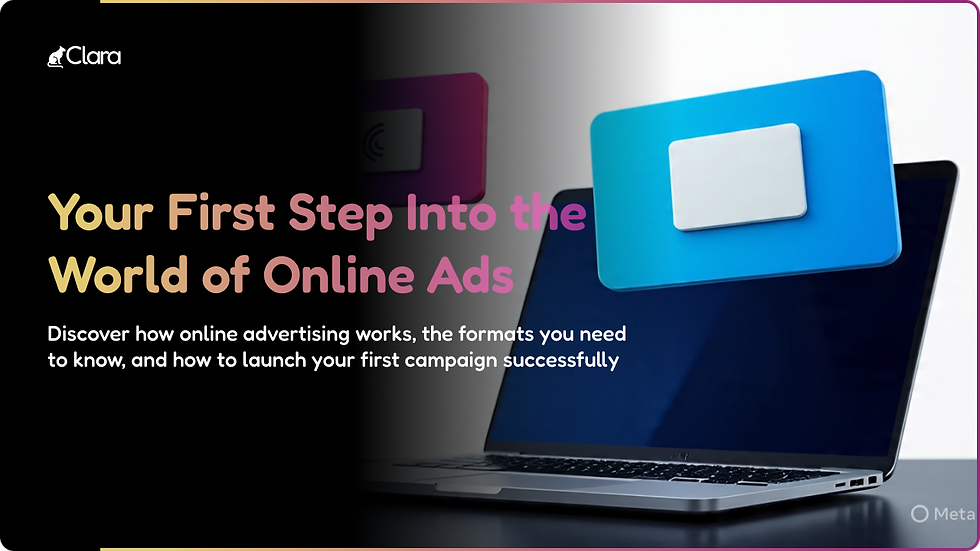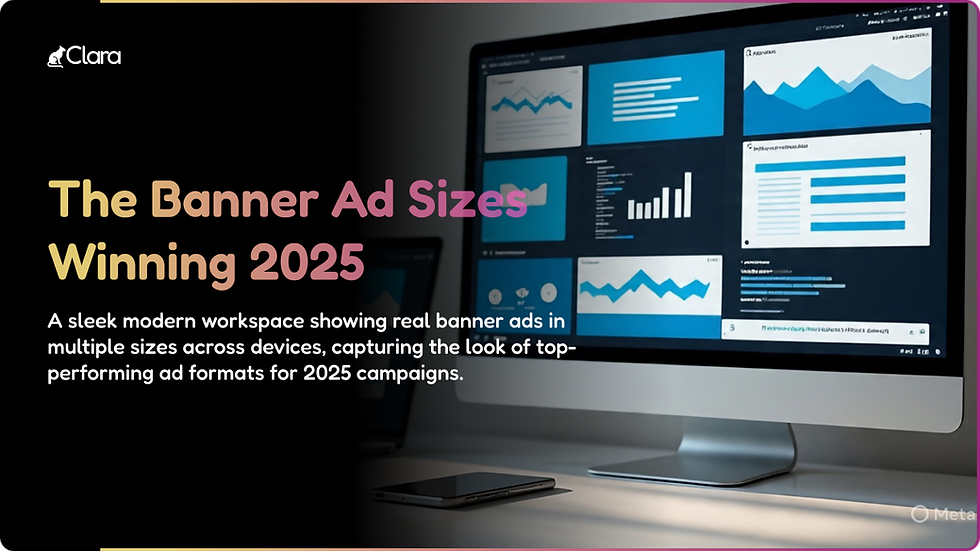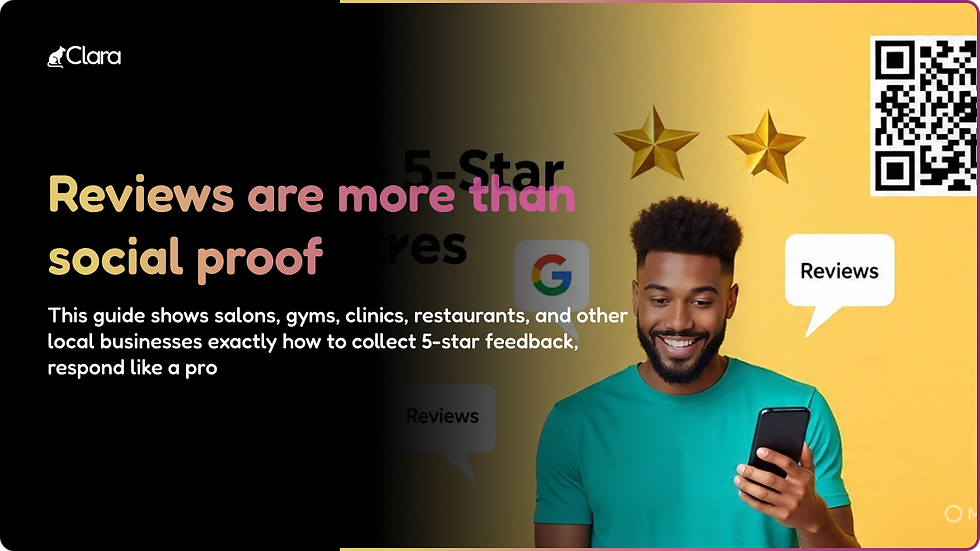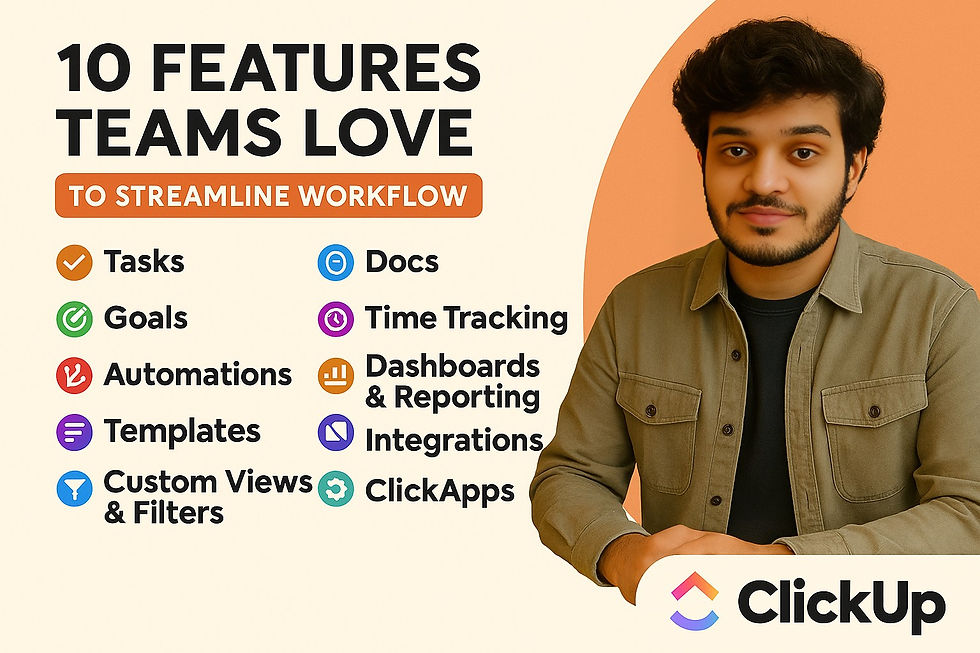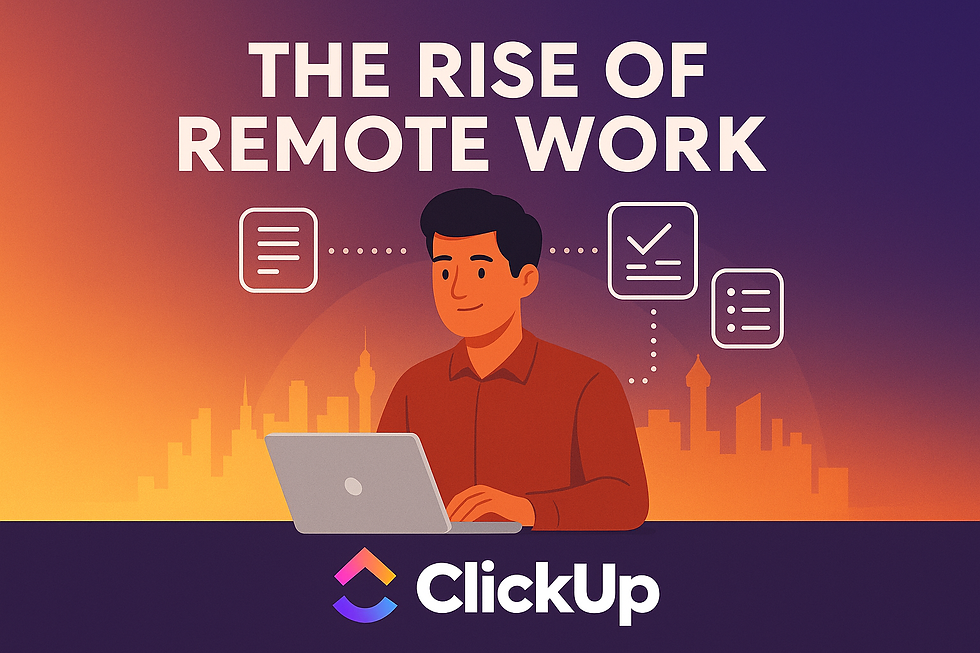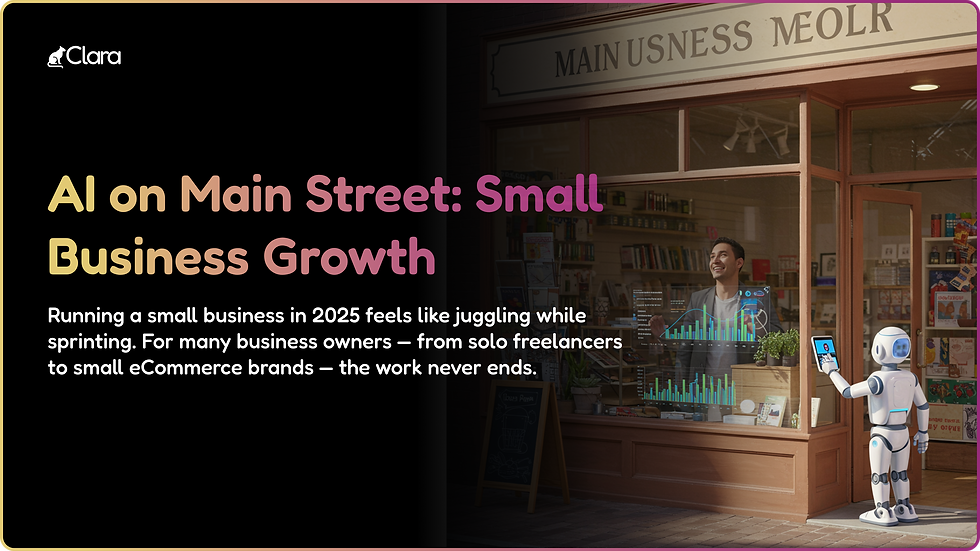- Dravya Bansal
- Oct 10, 2023
- 5 min read
Introduction
Welcome to the world of tips for email marketing, where every click holds the promise of a lasting connection with your audience! In today’s fast-paced digital landscape, crafting an effective email marketing strategy is akin to mastering the art of conversation. After all, your emails are your voice, speaking directly to your subscribers. To ensure your emails are not only heard but cherished, we present to you 25 email marketing best practices that will help you build a lasting content strategy. Buckle up, as we embark on this journey to elevate your email marketing game!
1. Personalize Your Greetings
First impressions matter, even in emails! Begin your emails with personalized greetings that include your recipient’s name. It’s like addressing a friend by their name when you meet them—a small gesture that goes a long way in building a connection.
2. Craft Catchy Subject Lines
Your subject line is the gatekeeper of your email. Make it intriguing, exciting, or even a bit mysterious! The goal is to entice the recipient to open your email. Use emojis, action words, and curiosity-piquing questions to stand out in a crowded inbox.
3. Know Your Audience
Understanding your audience is paramount. Segment your email list based on demographics, behaviors, and preferences. Sending targeted content ensures that your emails are relevant to each subscriber, increasing open and click-through rates.
4. Create Engaging Content
Content is king! Your emails should be informative, entertaining, or both. Whether it’s a product update, a how-to guide, or a heartwarming story, ensure your content resonates with your audience’s needs and interests.
5. Mobile-Friendly Design
In this mobile-driven era, ensure your emails are optimized for mobile devices. Responsive design makes your emails look equally stunning on smartphones, tablets, and desktops, improving user experience.
6. Optimize Email Load Time
Nobody likes waiting for emails to load. Keep your email file size in check by optimizing images and using efficient HTML code. A faster load time prevents impatient recipients from hitting the delete button.
7. Don’t Overwhelm with Images
While visuals are essential, don’t overdo it. Some email clients block images by default, so include descriptive alt text for context. A balanced text-to-image ratio keeps your emails accessible and engaging.
8. Implement A/B Testing
A/B testing is your secret weapon. Experiment with different subject lines, content formats, and sending times to discover what resonates best with your audience. Over time, these insights will refine your strategy.
9. Mind the Preheader
The preheader (the snippet of text after the subject line) provides a golden opportunity to reinforce your email’s message. Craft it carefully to entice readers to open the email.
10. Maintain Consistency
Consistency is the key to building trust. Keep your branding elements, tone, and email frequency consistent. Subscribers should instantly recognize your emails in their inbox.
11. Respect Subscriber Preferences
Let your subscribers have a say in their email experience. Provide options for frequency preferences and content types. A respectful approach builds goodwill and reduces unsubscribes.
12. Use Engaging Call-to-Actions (CTAs)
Every email should have a clear and compelling CTA. Whether it’s “Shop Now,” “Learn More,” or “Get Started,” the CTA guides your readers toward the desired action.
13. Optimize for Plain Text
Not everyone prefers HTML emails. Offer a plain text version to cater to subscribers who appreciate a simple, no-frills format. Accessibility matters.
14. Leverage Social Proof
Showcase positive reviews, testimonials, or social media mentions within your emails. Social proof can boost trust and credibility, encouraging subscribers to take action.
15. Be Mindful of Spam Triggers
Avoid spammy language, excessive capitalization, and overuse of exclamation points! Be authentic in your messaging to bypass spam filters and maintain trust with subscribers.
16. Maintain a Clean Email List
Regularly clean your email list by removing inactive subscribers and correcting typos. A clean list ensures that your metrics accurately reflect your engaged audience.
17. Provide Value, Not Just Promotions
Your emails shouldn’t read like a never-ending sales pitch. Offer valuable content, insights, and solutions that enrich your subscribers’ lives. This builds loyalty and brand affinity.
18. Send Emails at the Right Time
Timing is everything! Analyze your audience’s behavior to determine the best times to send emails. Whether it’s morning, afternoon, or evening, your goal is to catch them when they’re most receptive.
19. Monitor Email Metrics
Keep a close eye on email metrics like open rates, click-through rates, and conversion rates. Analyze the data to understand what works and what needs improvement in your strategy.
20. Implement an Email Marketing Calendar
Plan your email campaigns in advance with a well-structured calendar. This ensures that your emails align with holidays, events, and product launches, providing a cohesive user experience.
21. Tell a Story
Engage your subscribers with storytelling. Narratives create an emotional connection and make your emails memorable. Share your brand’s journey, customer success stories, or case studies.
22. Encourage Social Sharing
Include social sharing buttons in your emails. When subscribers share your content, it extends your reach and credibility. Plus, it’s free marketing!
23. Segment for Re-Engagement
Win back inactive subscribers with targeted re-engagement campaigns. Offer exclusive content, discounts, or incentives to reignite their interest.
24. Be Transparent
Honesty is the best policy. Be transparent about your intentions, data usage, and email frequency. Subscribers appreciate honesty and are more likely to trust your brand.
25. Always Have an Unsubscribe Option
Last but not least, make unsubscribing easy. A clear and straightforward unsubscribe option prevents frustration and maintains your brand’s integrity.
FAQs
Q1. How often should I send emails?
A1. The frequency of your emails depends on your audience and content strategy. Monitor subscriber engagement and adjust accordingly, but avoid overwhelming them.
Q2. What’s the best day and time to send emails?
A2. There’s no universal answer. Conduct A/B testing to determine when your audience is most receptive. It could be during weekdays, weekends, mornings, or evenings.
Q3. How do I handle unsubscribes?
A3. Respect unsubscribe requests promptly. It’s better to have a smaller, engaged audience than a larger disinterested one. Use the opportunity to gather feedback and improve.
Q4. Can I buy email lists?
A4. It’s strongly discouraged. Purchased lists often contain uninterested or even spammy contacts, which can harm your sender reputation and deliverability.
Q5. Should I use emojis in subject lines?
A5. Emojis can make your subject lines stand out, but use them sparingly and contextually. Ensure they align with your brand’s tone and the email’s content.
Conclusion
There you have it
25 email marketing best practices to supercharge your content strategy and forge lasting connections with your subscribers. Remember, email marketing is an ongoing journey of learning and adapting. What works today may evolve tomorrow, so stay attuned to
your audience and industry trends.
Incorporate these practices into your email marketing strategy one step at a time. As you do, you’ll witness improved engagement, increased conversions, and a loyal subscriber base that eagerly awaits your next email. Keep the conversation going, and watch your brand flourish in the world of email marketing!




